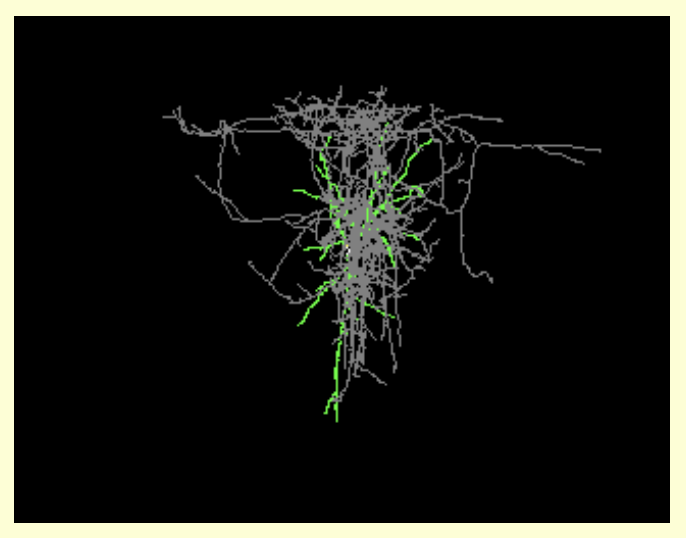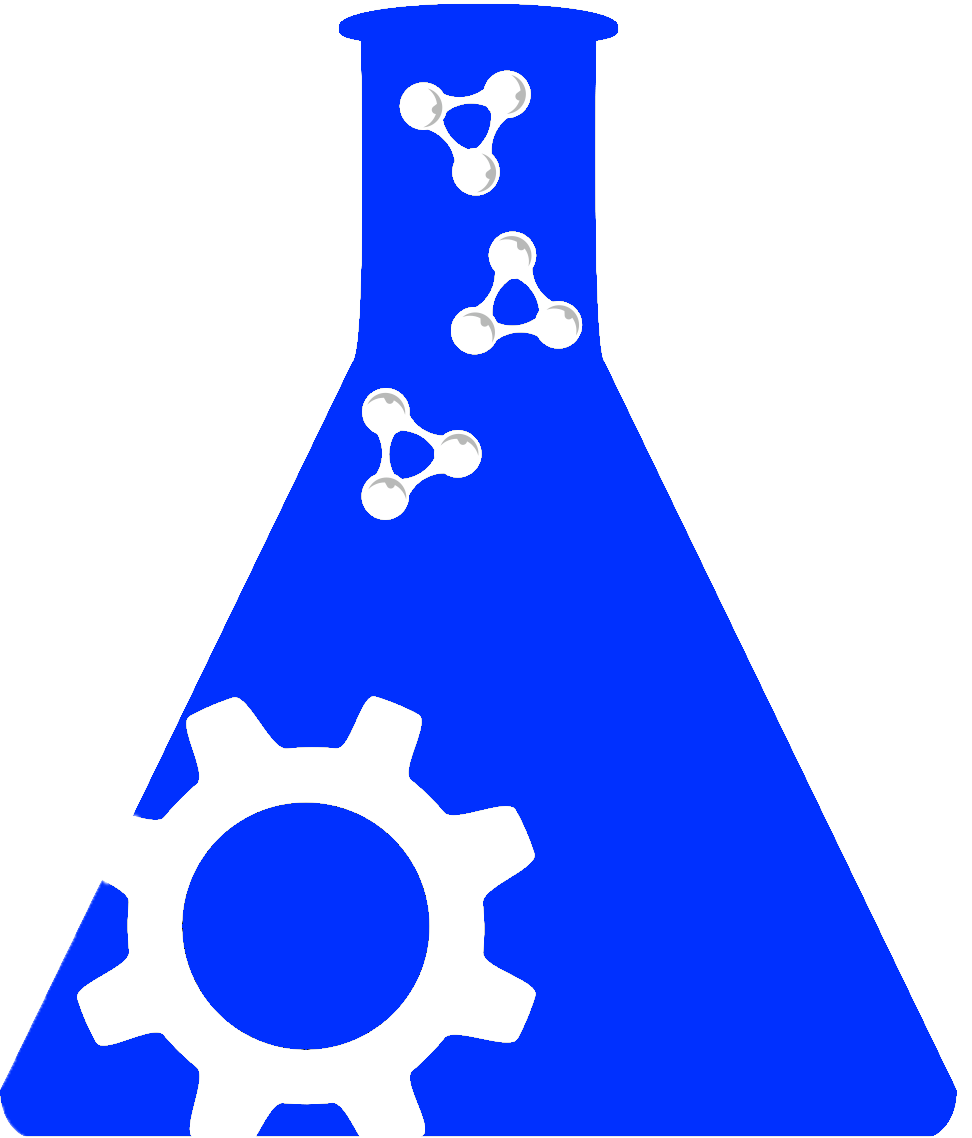Gαi/o-coupled Htr2c in the paraventricular nucleus of the hypothalamus antagonizes the anorectic effect of serotonin agents.
The anorexigenic effect of serotonergic compounds has largely been attributed to activation of serotonin 2C receptors (Htr2cs). Using mouse genetic models in which Htr2c can be selectively deleted or restored (in Htr2c-null mice), we investigate the role of Htr2c in forebrain Sim1 neurons. Unexpectedly, we find that Htr2c acts in these neurons to promote food intake and counteract the anorectic effect of serotonergic appetite suppressants. Furthermore, Htr2c marks a subset of Sim1 neurons in the paraventricular nucleus of the hypothalamus (PVH). Chemogenetic activation of these neurons in adult mice suppresses hunger, whereas their silencing promotes feeding. In support of an orexigenic role of PVH Htr2c, whole-cell patch-clamp experiments demonstrate that activation of Htr2c inhibits PVH neurons. Intriguingly, this inhibition is due to Gαi/o-dependent activation of ATP-sensitive K+ conductance, a mechanism of action not identified previously in the mammalian nervous system.
Pubmed ID: 34788630 RIS Download
Research resources used in this publication
Additional research tools detected in this publication
Antibodies used in this publication
- Anti-Gq/11alpha, CT (RRID:AB_310221)
- Rabbit Anti-Green Fluorescent Protein (GFP) Polyclonal Antibody, Unconjugated (RRID:AB_221570)
- goat polyclonal anti-c-Fos (RRID:AB_2629503)
- Tyrosine Hydroxylase antibody - Neuronal Marker (RRID:AB_297840)
- AVP Polyclonal Antibody (RRID:AB_11003086)
- Rabbit Anti-Oxytocin Polyclonal Antibody, Unconjugated (RRID:AB_302818)
Associated grants
- Agency: NIDA NIH HHS, United States
Id: P50 DA033935 - Agency: NIDDK NIH HHS, United States
Id: R01 DK088423 - Agency: NIDDK NIH HHS, United States
Id: R01 DK114036
Publication data is provided by the National Library of Medicine ® and PubMed ®. Data is retrieved from PubMed ® on a weekly schedule. For terms and conditions see the National Library of Medicine Terms and Conditions.
This is a list of tools and resources that we have found mentioned in this publication.
PRISM (tool)
RRID:SCR_005375
THIS RESOURCE IS NO LONGER IN SERVICE. Documented on May 5,2022.Tool that predicts interactions between transcription factors and their regulated genes from binding motifs. Understanding vertebrate development requires unraveling the cis-regulatory architecture of gene regulation. PRISM provides accurate genome-wide computational predictions of transcription factor binding sites for the human and mouse genomes, and integrates the predictions with GREAT to provide functional biological context. Together, accurate computational binding site prediction and GREAT produce for each transcription factor: 1. putative binding sites, 2. putative target genes, 3. putative biological roles of the transcription factor, and 4. putative cis-regulatory elements through which the factor regulates each target in each functional role.
View all literature mentionsSigma-Aldrich (tool)
RRID:SCR_008988
American chemical, life science and biotechnology company owned by Merck KGaA. Merger of Sigma Chemical Company and Aldrich Chemical Company. Provides organic and inorganic chemicals, building blocks, reagents, advanced materials and stable isotopes for chemical synthesis, medicinal chemistry and materials science, antibiotics, buffers, carbohydrates, enzymes, forensic tools, hematology and histology, nucleotides, proteins, peptides, amino acids and their derivatives.
View all literature mentionsGraphPad Prism (tool)
RRID:SCR_002798
Statistical analysis software that combines scientific graphing, comprehensive curve fitting (nonlinear regression), understandable statistics, and data organization. Designed for biological research applications in pharmacology, physiology, and other biological fields for data analysis, hypothesis testing, and modeling.
View all literature mentionsAnti-Gq/11alpha, CT (antibody)
RRID:AB_310221
This polyclonal targets Gq/11alpha CT
View all literature mentionsRabbit Anti-Green Fluorescent Protein (GFP) Polyclonal Antibody, Unconjugated (antibody)
RRID:AB_221570
This polyclonal targets Green Fluorescent Protein (GFP)
View all literature mentionsgoat polyclonal anti-c-Fos (antibody)
RRID:AB_2629503
This polyclonal targets cFos
View all literature mentionsTyrosine Hydroxylase antibody - Neuronal Marker (antibody)
RRID:AB_297840
This polyclonal targets Tyrosine Hydroxylase antibody - Neuronal Marker
View all literature mentionsAVP Polyclonal Antibody (antibody)
RRID:AB_11003086
This unknown targets AVP
View all literature mentionsRabbit Anti-Oxytocin Polyclonal Antibody, Unconjugated (antibody)
RRID:AB_302818
This polyclonal targets Oxytocin
View all literature mentionsB6.Cg-Gt(ROSA)26Sortm14(CAG-tdTomato)Hze/J (organism)
RRID:IMSR_JAX:007914
Mus musculus with name B6.Cg-Gt(ROSA)26Sortm14(CAG-tdTomato)Hze/J from IMSR.
View all literature mentionsC57BL/6J (organism)
RRID:IMSR_JAX:000664
Mus musculus with name C57BL/6J from IMSR.
View all literature mentions




